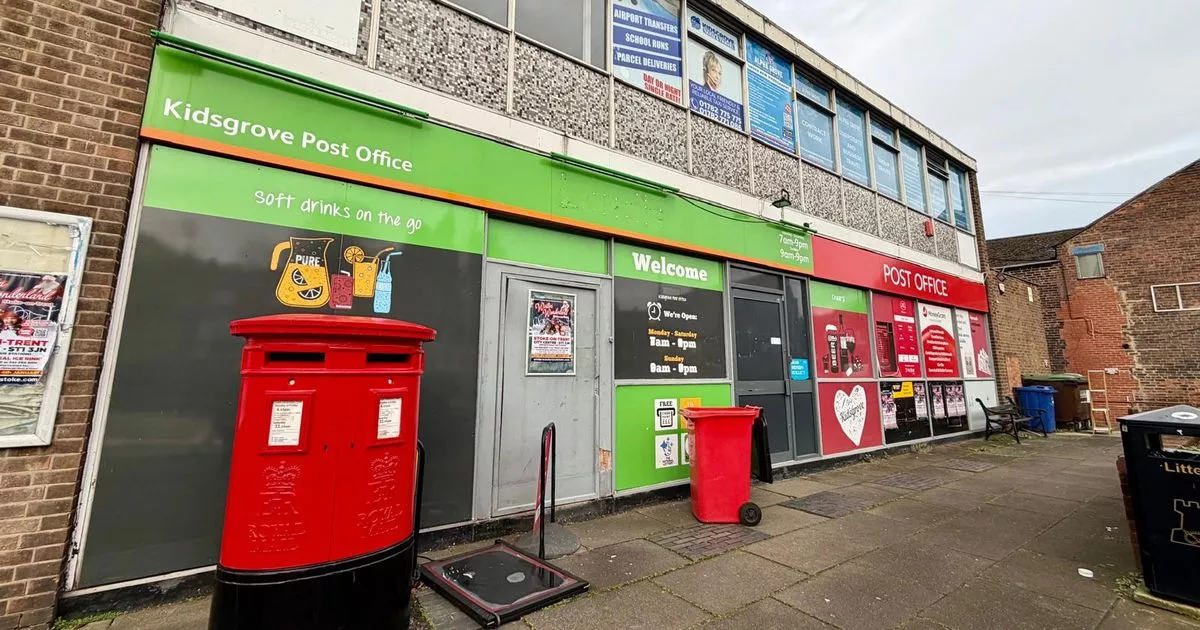E-commerce is experiencing a period of transformation as consumers become more mindful of their spending habits, leading to more thoughtful purchasing decisions. This shift has resulted in a slight decrease in the average online shopping basket value, with revenue per visitor found to be down by 8.5% between July 2023 and July 2024. Yet inflation is increasing the cost of operation.
Despite customers spending less, they still expect rapid delivery, which is most viable for retailers when profits on each basket are higher. A quarter (24%) of online shopping baskets are abandoned due to slow delivery times, so stakes are high for e-commerce providers as they strive to strike this balance.
The solution? Strategically built supply chains that are faster, systematic and more cost-efficient. This is an opportunity for e-commerce providers to innovate by employing strategies to optimize their supply chains, transform their operations and fine-tune their logistics routes to achieve rapid delivery with minimal lost value.
Expand physical footprint in growing markets
Physically expanding operations into flourishing regions can help to offset the costs of market downturns elsewhere. Fast-fashion retailers, for example, are benefitting from this expansion strategy by doubling down on the European market, which is thriving. By shifting away from China-centric distribution models by opening logistics facilities in countries like Poland and building relationships with manufacturers in Turkey, they counterbalance less impressive performance in Asia and combat slow shipping from China.
By moving supply sources closer to distribution areas, supply chains become shorter, which drives down delivery costs, times and carbon emissions. Working with local partners who understand the local supply chains means deliveries can be handled with speed and precision.
Take control and cut costs with in-house logistics
E-commerce companies can be more actively involved with their supply chain and logistics strategies if they operate more of the chain. Through the acquisition of competitors or third-party logistics (3PL) providers, more control can be harnessed at every step of the process, from warehouse to last mile. Although there will be significant upfront costs, including leases on distribution premises, this can be a game-changer in the long run for larger enterprises.
When logistics are managed by an in-house team, data on every penny spent and mile traveled gets put into the hands of the e-commerce provider. With this new transparency, inefficiencies are revealed and costs can be more closely managed as more efficient, bespoke routes and processes are implemented.
In addition to this, bringing logistics in-house will strengthen customer relationships as there is a direct line of communication between buyer and seller, and experiences can be personalized. Issues can be resolved without needing to involve an extra party, and insights can be directly collected from these encounters to improve future strategy.
Relocate sorting processes to production region
Shipping unsorted goods across oceans is not the most efficient strategy, which is something that the world’s biggest e-commerce player, Amazon, has identified. The retailer sorts products at the location of origin before transporting them to the US, UK or other overseas markets. This means that items are sorted, labeled and organized by shipping destination as close to the factory where they are made as possible, before making their way to regional fulfillment centers. Relocating this process reduces labor costs, speeds up delivery and cuts down emissions.
Amazon has also baked technology into the core of its sortation center strategy, with automation and artificial intelligence (AI) helping to sort packages quickly and precisely. Efficiency in the first mile of delivery can have significant impact downstream within the chain as goods make their way to doorsteps.
Be smarter with spaces
Concentrated operations are more effective than scattered ones. Over recent years there has been a shortage of asset space in Europe as more companies have brought operations closer to distribution markets. This led to a trend of firms taking whatever spaces were available at the time rather than those that made the most sense strategically.
This pressure is now easing, so businesses within e-commerce and beyond are increasingly choosing to reconfigure their logistics into smarter locations. By optimizing each resource in this way, maximum value is extracted from every asset. With tools such as AI-driven heatmaps and data analytics readily available, the perfect spots for warehouses based on individual business needs can be revealed.
Harnessing such technology arms decision-makers with more robust information as they build a supply chain strategy free from bottlenecks, with fine-tuned routes and premises that deliver faster service at reduced costs.
The future of agile e-commerce operations
E-commerce is evolving, with consumer expectations only getting higher. To remain competitive, e-commerce providers need to seize this moment of reinvention. This requires bold strategies, whether entering new markets, bringing logistics in-house, shifting operations to the source, or undertaking strategic, tech-informed relocation of premises.
Source link


